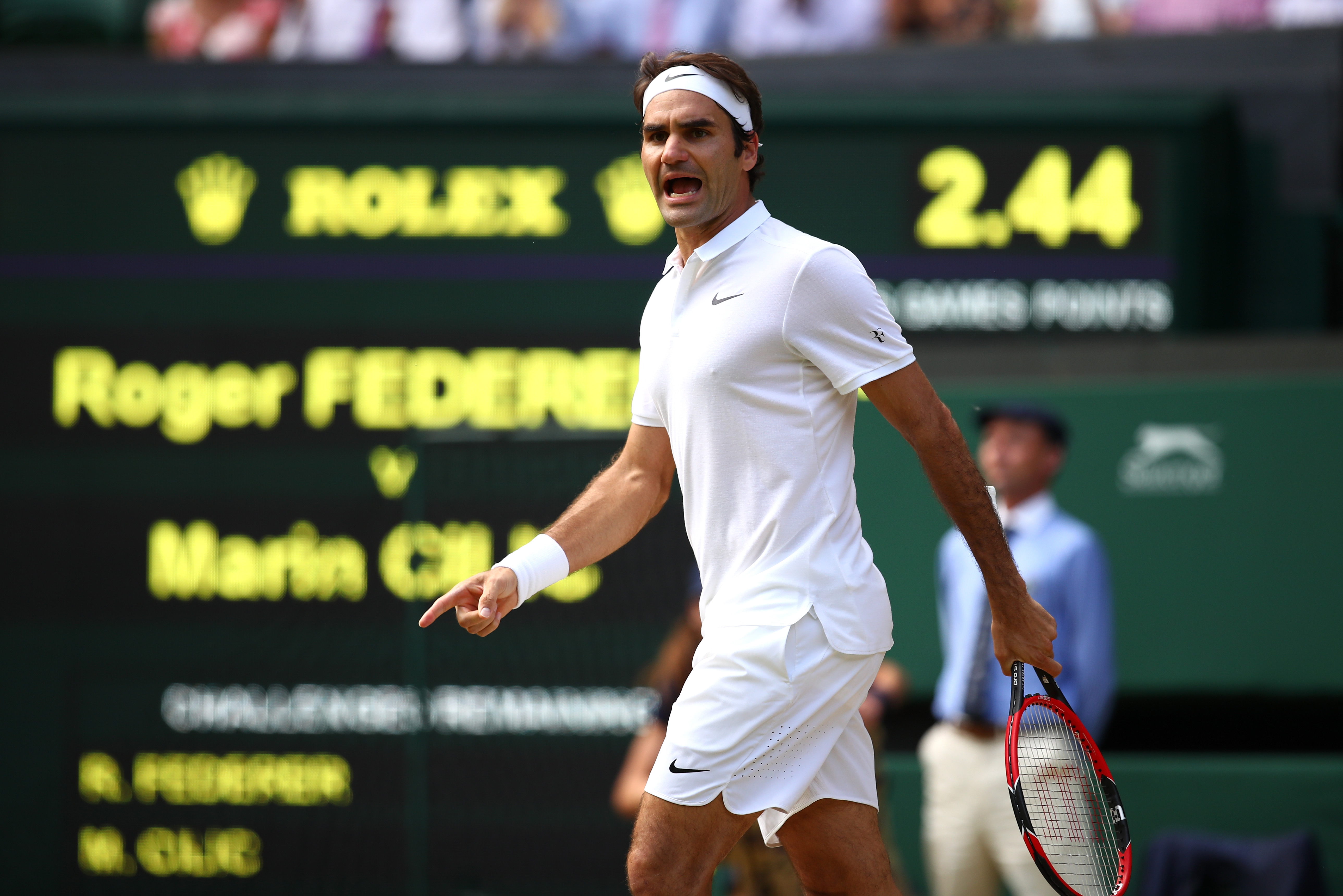Long recovery breaks and advanced conditining foresee ageing players dominate world tennis for years to come

Tennis has undergone a huge change over the years. No more can a knee or elbow surgery force the end of an athlete’s career, even if he has crossed his prime. With men’s tennis mostly dominated by players in their early and mid-thirties now, recovery breaks have become a growing trend.
Five of the top 10 players in the current ATP World rankings are dwelling in their early and mid-thirties. And while two of them are ruling the men’s tennis after successfully recovering from injuries, the other three are on a course to recovery as they enjoy their brief hiatus from the game.
There has been a spurt in the recent trend of taking half-yearly breaks among professional tennis athletes and given how it has helped Roger Federer and Rafael Nadal to return to the top of their game, we are likely to see more of it in the near future. No more does the thought of missing a shot at Grand Slam titles sees a player cringe in pain. Longevity is the new norm and players are taking the long road ahead.
Nadal and Federer, returning from their injuries last year, have gone on to win 12 titles this season, six each, as they aim to end the season on a high. The 31-year-old Spaniard has won a whopping 65 matches of the 75 he has played this season earning a prize money of $12,462,035 in the process while 36-year-old Roger Federer, who won yet another Wimbledon this year, has won 44 matches of the 48 played and garnering $10,556,585 this year.
Hence, the likes of Novak Djokovic, Stan Wawrinka, Andy Murray, Kei Nishikori among others giving a miss to certain events shouldn’t come as a shock to anyone. Of course, the absence of the abovementioned players made things quite easier for the World no. 1 and 2, but credits should be given to them for changing the rules of the game forever.
The Swiss international could well be branded as a sort of pied piper in this case who more or less pioneered the trend for others. As the 36-year-old looks to risk his back injury to participate in Swiss indoors next, where he is the local
Federer, who beat Nadal in the Shanghai Masters final to claim the title, sounded surprised by the Spaniard’s decision to participate in the tournament after the hectic US Open and Laver Cup games back to back. He had said, “It's nice to see him keep going, a really big win for him (China Open, Beijing) on Sunday. He won the US Open, played the Laver Cup, so for him to go to Beijing and win it right away, I expected him to pull out, to be honest, just because, why not? And come here to Shanghai. Or maybe just skip Asia totally… There is no reason for him to push so hard."
One can understand just what Federer is pointing at here. He has played 27 matches less than Nadal in 2017 winning the same amount of titles, which indicates how he has
The recovery breaks for the long-serving players really look unfair to the emerging prodigies like Alexandre Zverev, Dominic Thiem, Grigor Dimitrov and more, who are coping brilliantly with the physically demanding game with their youth and

 ©
© Djokovic, who plans to make a return in Australian Open next year, told Serbian newspaper Novosti, “I did not want to take a break, I thought it would get better... but the problems were intensifying. The whole thing about my tennis and what happened to me is more complex than a single word, although that [the elbow] was the biggest problem. I could not train like I wanted, could not play with full intensity, had to adjust my serving .”
The surprising thing here is not that these long-serving players are getting injured, given the way that tissues lose their elasticity over time it’s normal, but it is their determination to keep playing anyway. The lucrative nature of modern tennis plays a huge role in it, one that calls for detailed strategic planning and preparing under the advanced conditioning for the changing battlefields.
Former world no. 1 Mats
It was in the 1980s and 1990s when the rackets changed from heavy wood to light graphite, and tennis became a game of strength and power. Angled shots to create top-spin, which makes a stroke harder to return, largely created to the growing instances of wrist injuries. Adding topspin to the ball could lead players to drop their wrists rather than holding them stiff, which puts more strain on the joints.
The demand of an open stance in modern tennis to hit a faster forehand shot rather than from the side of the court like the old days allows
Tennis has changed on multiple levels and players struggling to survive in this cut-throat sporting world need to have inhuman fitness even in their thirties. A player has to shift his focus instantly from performance to recovery after a game, which means replacing fluid and vital nutrients. For some, ice baths, compression
Maintaining an elite level of performance on changing tennis surface needs education on proper scheduling and preparation. Bill Norris, former ATP Director of Medical Services, who has spent 35 years patching up the broken and sore bodies of players from Ken Rosewall to Federer, is of the opinion that players have little choice but to pace themselves by taking regular breaks if they want to stay competitive late in their careers.
We are living at a time when we find 43 of the top 100 players on the ATP World Tour over the age of 30, which tells us a 40-something grand slam champion isn’t a distant thought anymore. But then again, amount of off-court work, human recovery efforts, and elite tennis skill development will have to play a major role to play in that.

Comments
Sign up or log in to your account to leave comments and reactions
0 Comments